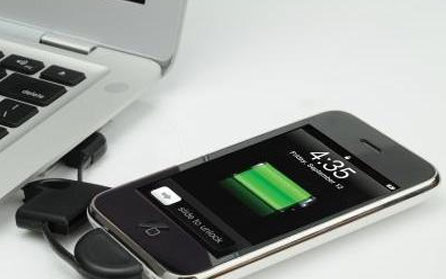
Sync Phones
Technology has brought life to many interesting things, like cell phones. Thinking back, cell phones were only used to make phone calls and they used to have those foot-long walkie-talkie antennas. And then there came text messaging, and it was all good and amazing. Next came emailing, then video calls, and many other innovations you can do with a single device called the cell phone. And today, it's not just making calls or communication anymore that cell phones have to bring, but technology has taken tech savvy people to a whole new level: remote file management systems.
Remote file management, or folder management, is a way for a person to organize the files on his local computer by the use of his handheld device. This is called synchronization. Sure enough, synchronization has been there for quite a while, and there were a handful of geeks able to understand the seemingly simple technology. However, today, with too many smartphones coming out everywhere, everyone is learning how to work the magic of folder synchronization.
Sync phones, the offhand term they use for referring to smartphones synchronized to a local computer, or even a server, have many uses in the modern office. And not just in the office, smartphone synchronization has brought a lot of advantages and convenience in local file management. But enough of this gibber jabber, as you already knew how great sync phones are. What you want to know is how to sync your smartphone to your computer, so you can try this little piece of technology yourself. Here's how:
Step 1: Configuring for sync phones
Smartphones sold today already come with folder synchronization software, even the less expensive and less 'smart' smartphones. However, many of the phones also come with default factory settings. That means the service would need to be configured. Now, depending on your service provider and region, the settings will vary. The configuration will also vary according to the model of your smartphone. It's best to refer to the manual before trying to set this up. If possible, ask the nice sales lady if she can set it up for you. There are smartphones that are sold preconfigured, too, so keep an eye out for those.
Step 2: File management in sync phones
The file management is very convenient, in the sense that you can organize your picture folders, music files, and documents from your cell phone. That doesn't mean it's as easy as using a computer. Some people find it a bit challenging to tap-tap-tap with a touchscreen, compared to simply using a mouse and a monitor. Regardless of that, this is still very advantageous if you have tons of digital work-related needs. Having a smart phone beside you that is synced to your local computer may actually be a good enough replacement for your PDA or laptop.
Step 3: Organizing your sync phones
The key to speeding up remote synchronization is to have an organized way of doing things. And that doesn't just mean "to organize your files." It means you should organize the way you use your sync phone.
